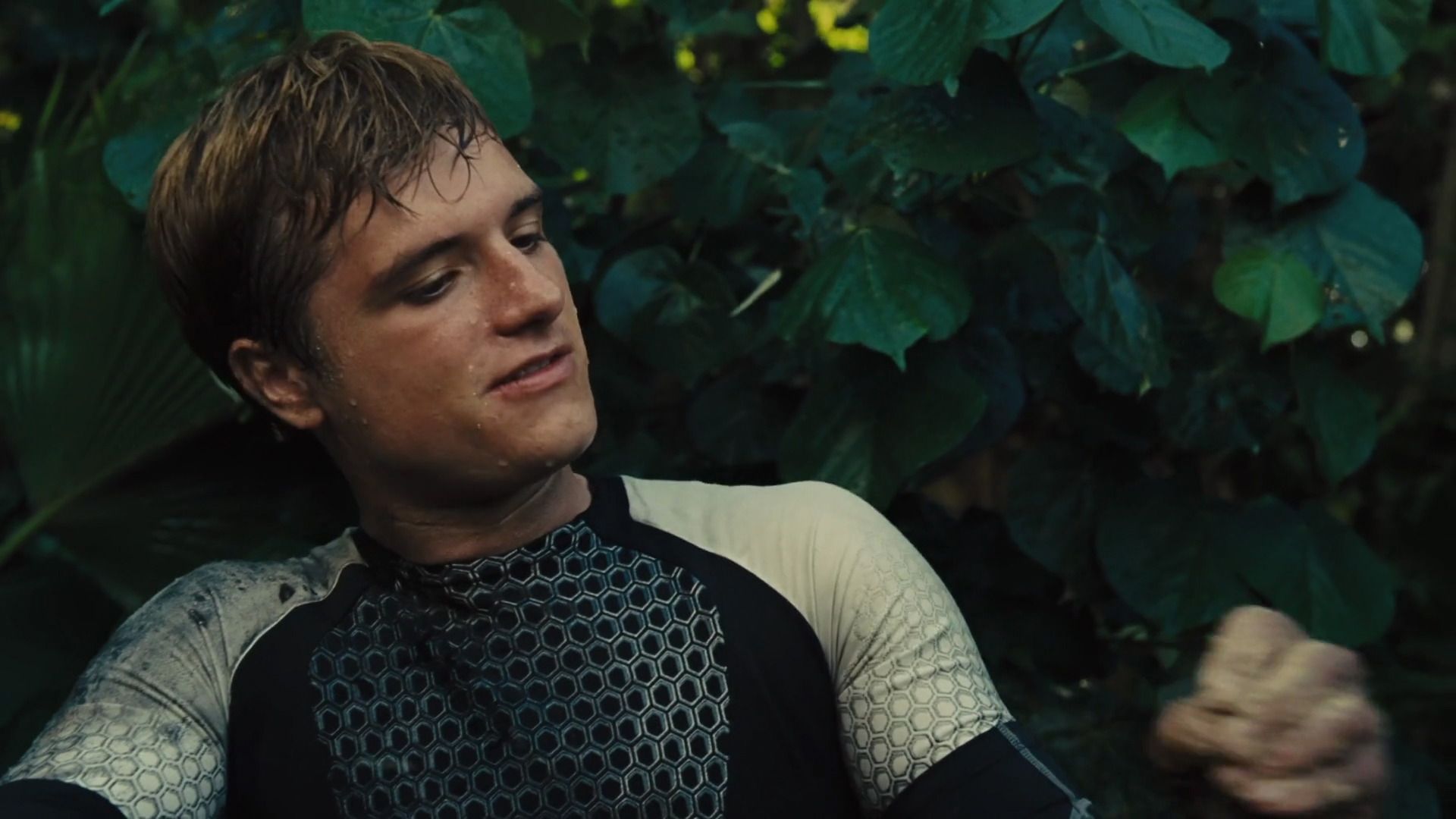Table of Contents Show
The Hunger Games franchise took the world by storm in the early 2010s. The first novel, published in 2008, became a New York Times bestseller, and soon after, its popularity exploded. Katniss Everdeen became a household name. The three books got adapted into four movies, which grossed a total of over three billion dollars worldwide. Walking into a bookstore, dozens of copies of the book, the gold Mockingjay nestled in the right cover of the black dust jacket, greeted you like an old friend. The story takes place in the dystopian country of Panem, split into twelve districts. The twelve districts each produce a different resource for the Capitol. A failed rebellion by these districts led to the creation of the televised Hunger Games.
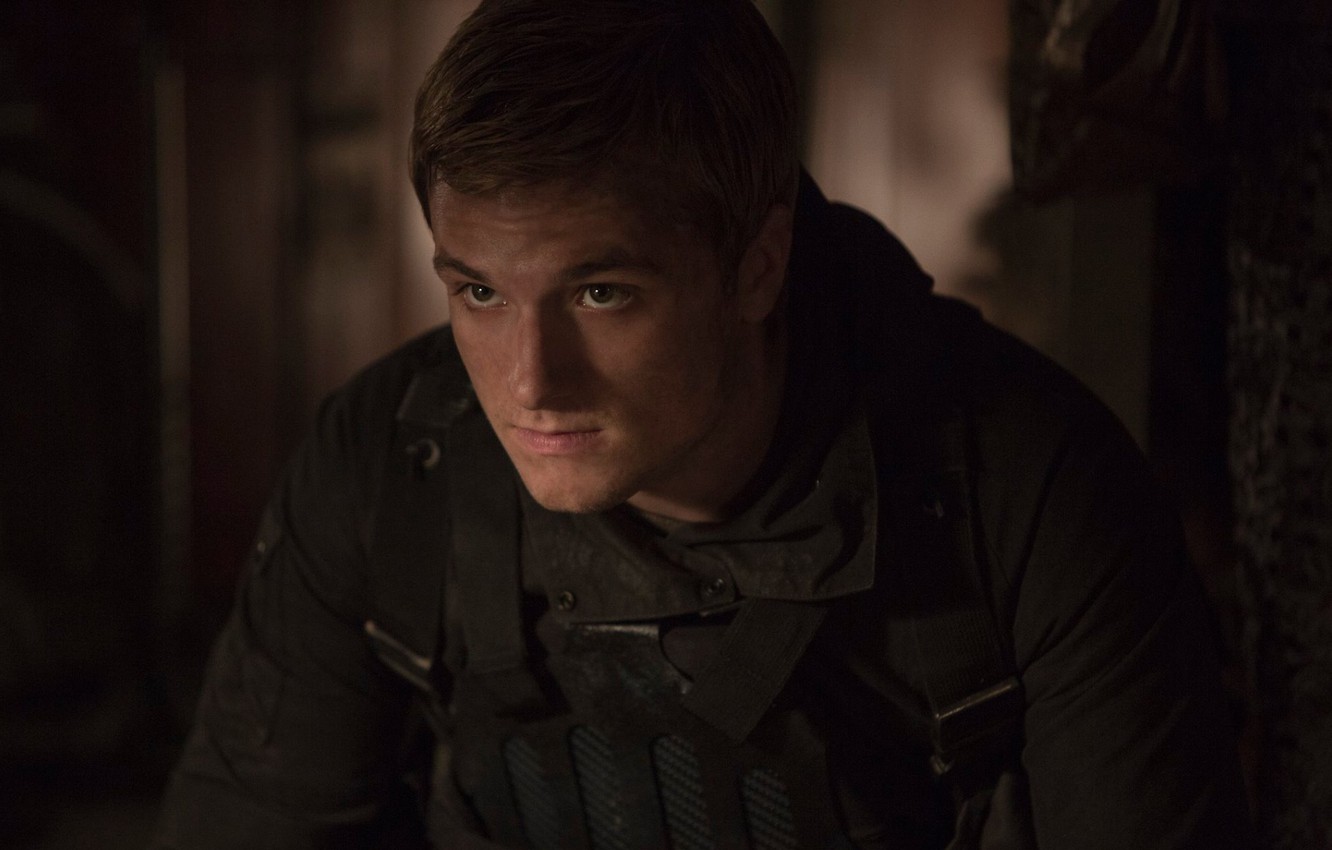
Every year, one boy and one girl from each district, each aged between twelve and eighteen, get picked from a pool to go into the games, where they must fight to the death and survive. Only one person can come out on top. The series follows sixteen-year-old Katniss Everdeen, who volunteers to go into the games when her younger sister, Primrose’s, name is drawn. The District Twelve boy, Peeta Mellark, joins her. The popularity of the franchise proved to be well-deserved; the books’ clever writing and the well-crafted world, the movies’ high-quality production and acting, and the messages of hope, survival, and overcoming a tyrannical government sent powerful reverberations through pop culture.
The characters became beloved amongst audiences of the books and films. Katniss and Peeta’s partnership, and future romantic relationship, fueled thousands of fanfictions and edits. They both remain easily recognizable characters in the wave of teen dystopian novels and adaptations that followed. Katniss’s strength, athleticism, and bravery captured the hearts of millions. In contrast, Peeta’s caring nature and selflessness towards Katniss captured attention for different reasons. Peeta Mellark’s soft and gentle nature and unconventional kindness in such a dark world prove to be both refreshing and important.
Peeta Always Respects Katniss’s Feelings
In the first book and film, Peeta reveals that he was in love with Katniss during a televised interview. While the confession gets met with hostility and skepticism on Katniss’s part, those feelings become genuine. Sure, playing up their romance for the camera helps get them more sponsors and popularity among Capitol viewers, but by Catching Fire, it’s clear Katniss has feelings for him as well. After finding comfort in him when she had nightmares, being cared for by him while she was injured, working on a plant book together (a novel scene), and feeling no pressure to reciprocate his feelings towards her, Katniss started to slowly fall in love with him. Katniss grew to love Peeta for who he is, which makes their romance feel genuine and earned.
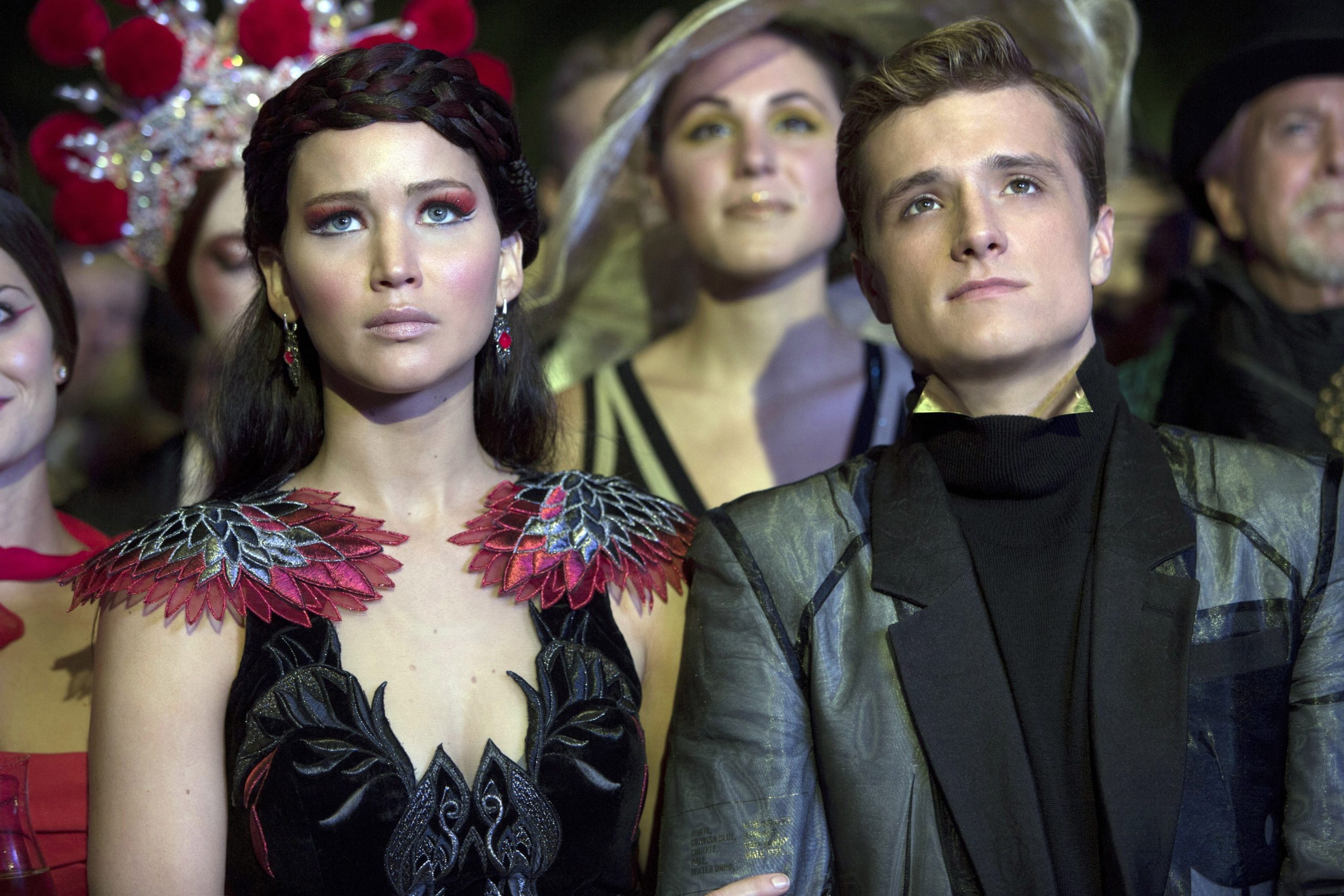
Peeta never crosses the boundaries she sets. When they have to play up their relationship for the cameras in the first games and even pretend to be engaged at the start of Catching Fire in order to appease the tyrannical President Snow, he doesn’t push her to do anything physical she isn’t comfortable with, even if it’s for the sake of the cameras. Gale Hawthorne, meanwhile, proves to be the opposite. Gale, Katniss’s childhood best friend, develops romantic feelings for her, just like Peeta. That’s where the two boys’ similarities end. While Peeta never pressures Katniss into feeling the same way, Gale consistently feels the need to question how Katniss feels about him and even gets upset that she and Peeta played their faux-romance up for the cameras to survive.
The love triangle may take a backseat to more important things happening in the narrative, but it provides a stark contrast between the two boys and only emphasizes Peeta’s strengths and Gale’s flaws. Gale’s a teenage boy; he’s entitled to moody behavior, but not to another girl’s feelings. When Katniss gets back from the first games, he constantly questions her about their relationship and how she feels about him. Meanwhile, Peeta gives her the space she requested. Gale’s immaturity when it comes to Katniss never changes, and he never grows out of it. Peeta, however, always makes sure to adapt to Katniss’s needs and wants. A key in any healthy relationship is respecting what your partner wants, and the boundaries they set, and only one of the boys in this triangle did so.
Peeta Always Thinks Of Katniss First
Long before they enter the arena together, Peeta saw a starving and rapidly decaying Katniss. Even though he knew his mother would beat him for doing so, he burnt loaves of bread on purpose so he could give them to her. Peeta makes sure Katniss gets away from other tributes during their first games before she succumbs to venom from tracker jackers, thus saving her life. When Katniss needs to pick up life-saving medicine for Peeta in a dangerous part of the arena, he begs her not to go. In the sequel, after Katniss wakes up screaming from nightmares, he rushes in to check on her, and at her request, he stays with her, and the two fall asleep together, which occurs often. When he and Katniss rest on the beach in Catching Fire, Peeta finds a pearl and gives it to Katniss as a gift. Even after being brainwashed and tortured horrifically, Peeta makes sure to plant primroses near Katniss’s house in honor of her deceased sister when they move back to District Twelve after the war.
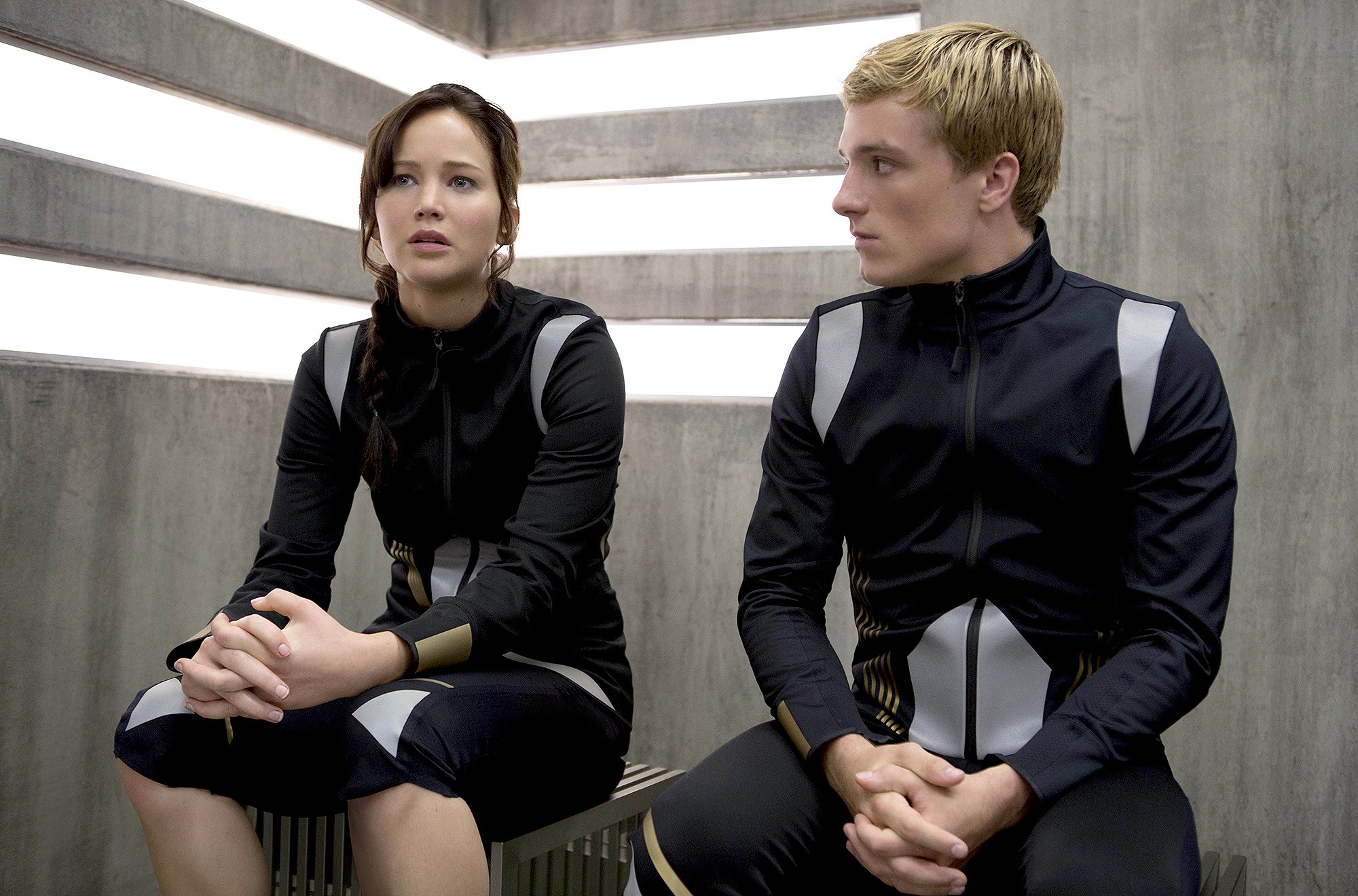
In and out of the games, Peeta always looks out for Katniss and puts her needs before his own, in big and small ways. He remembers details about her that others either disregard or don’t bother to ask about. In the Catching Fire book, he bakes her cheese buns and brings them to her often after discovering they’re Katniss’s favorite. Both the novel and the film depict him making a greater effort in getting to know her, like asking what her favorite color is, as well as his dedication to making sure she survives that story’s games. To him, her survival means more not only because she has more people in her life who depend on and love her, but because he cares about her more than he cares about himself.
He even carries a locket with pictures of Katniss’s family and Gale inside to remind her who she needs to stay alive for, knowing she harbors feelings of some kind for Gale. Her survival matters to him more than his own. Even when he’s been tortured by the Capitol in Mockingjay, he warns Katniss on live tv about the Capitol coming to bomb where she and dozens of others live at the time, even though he knows he’ll be tortured and brainwashed even more. He makes a choice the second he temporarily breaks through the mental anguish the Capitol put him through for the sake of the rebellion and Katniss. She’s always who he thinks of first, reflecting not only his inherently selfless nature but how deep his love for The Girl Who Was on Fire runs. He put Katniss’s needs before his own time and time again, no matter if the cameras were on or off.
Kindness Doesn’t Equal Weakness
A character doesn’t have to be cruel and cold in order to be strong. Physically, Peeta Mellark possesses great strength. All the years of lifting flour sacks at the bakery prepared him well for the games. Peeta being less survival-savvy than Katniss doesn’t make him any less important to the story or to their successes in the two games they compete in. In the first Hunger Games, he survives without Katniss and, his ability to camouflage himself allows him to stay hidden and stay alive. In the Quarter Quell, Peeta contributes greatly to his team of allies through physical fights while consistently reminding a discouraged Katniss, who she needs to keep fighting for. In Mockingjay, Peeta overcomes severe mental and physical torture with the help of Katniss and their friend and ally Finnick. Although he endures great physical pain throughout the series, he never succumbs to it.
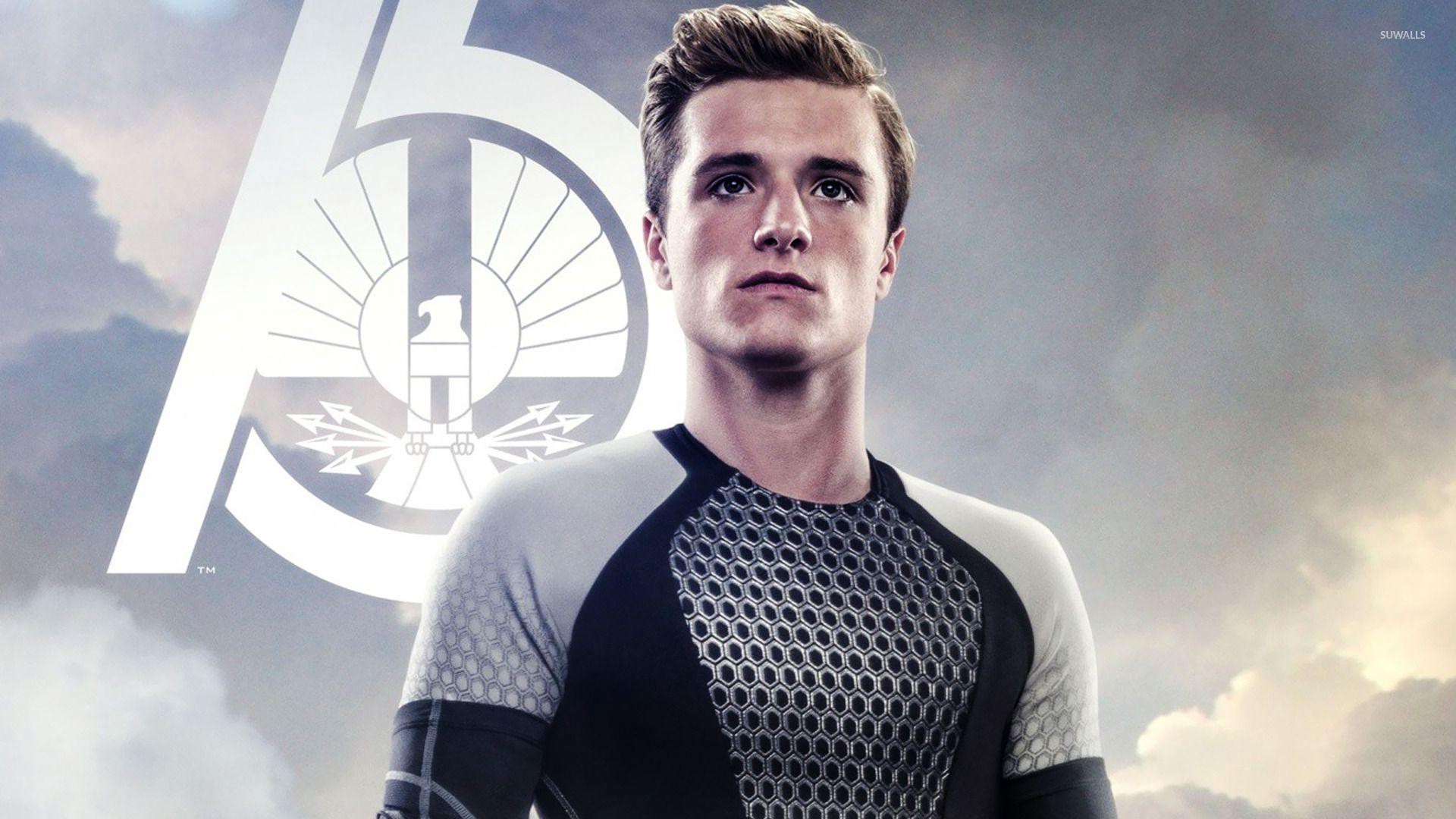
Mentally, Peeta’s whip-smart way of manipulating the Capitol crows helped gain him and Katniss much-needed popularity going into both sets of Games. In the first installment, he tells the crowd of his feelings for Katniss, planting the seeds for their tragic, star-crossed love that the audience devours. In the sequel, in an effort to sway the crowd in favor of stopping the Quarter Quell Games, he smoothy lies to Panem during his televised interview that Katniss, his beloved fiancé, is pregnant. Peeta knows how to play to a crowd and get them onto his side, and he does so seamlessly every time. He’s good with words and knows what to say and do to win over the Capitol in order to protect Katniss and himself. In Mockingjay, when Katniss begins to turn into the symbol for the rebellion by filming motivational speeches, she admits Peeta makes more sense as the face of the revolution due to his mastery of language.
Besides playing to the crowd, in the first games, he joins the Careers, a group of highly skilled tributes who get trained years in advance for the arena to protect Katniss from them and lengthen his own time in the arena. District Twelve only has two previous winners in the seventy-four years of the games’ history, leading to tributes from Twelve never getting sponsors or allies. Only someone with a great skill for words and persuasion from District Twelve would be able to convince a group of proficiently trained tributes to allow him to join them, especially with the stigma around those from Twelve being weak and unable to perform in the arena. Katniss may outperform him in athletic ability and survival skills, but he dominates when it comes to playing to a crowd or persuading others for help.
“What I need is a dandelion in the spring. The bright yellow that means rebirth instead of destruction. The promise that life can go on, no matter how bad our losses. That it can be good again. And only Peeta can give me that.”
Katniss Everdeen (Collins, Mockingjay)
Through it all, however, Peeta never loses sight of who he is and who he wants to be. He makes it clear to Katniss that he doesn’t just want to be another piece in the Capitol’s world, and he holds fast to that kindness that makes up his core. It’s that very kindness that ultimately influences Katniss’s choice of a romantic partner.
Nice Guys Can Finish First
At the time of the franchise’s peak, other young adult literature that dominated the market included The Mortal Instruments series, the Divergent series, and the Fallen series. The ‘bad boy’ archetype flourished in the world of YA literature from roughly 2006-2013, though it existed before then and continues well into the present. The recipe for the perfect fictional love interest included sarcasm, womanizing tendencies, and cruel jabs and quips towards the leading lady. Right as The Hunger Games series rose into popularity, the conclusion to the Twilight saga hit shelves, which included yet another series where the love interest behaves in a possessive, controlling, and unsettling manner towards the heroine. These fictional boys became so normalized that seeing a male character treat a female one with basic decency proved to be surprising and refreshing.
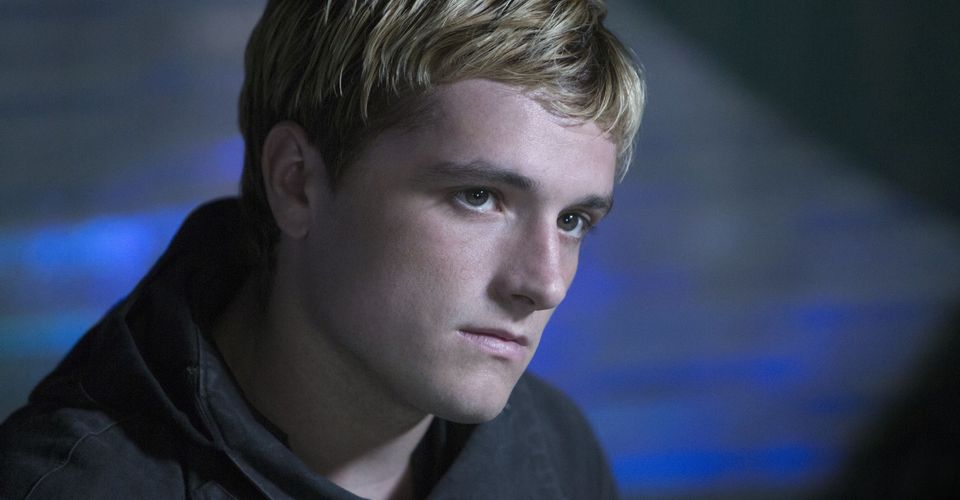
Peeta didn’t just treat Katniss with that basic decency; he went above and beyond for her, proving his love and dedication to her wasn’t just for the cameras. Peeta Mellark broke the mold of how a love interest in teen-focused books should treat their partner. Sadly, his kindness and selflessness towards Katniss weren’t replicated by other fictional boys at the time. He never tries to control what she can or can’t do, never grows jealous of her friendship and possible feelings for Gale, and always treats her with care and respect (when he isn’t brainwashed by the Capitol, of course). In a sea of toxic fictional romantic partners, Peeta stands out due to his refreshingly kind and caring behavior towards Katniss. He’s truly a dandelion in the spring, a source of light and hope for Katniss in a world that has so little of it.
Peeta’s Legacy
The Hunger Games’ impact on pop culture continues over a decade later. The series continues to be referenced in other forms of media, and any fight amongst a large group of people instantly draws comparisons to the Games themselves. Side braids instantly bring images of Katniss Everdeen to the surface of one’s mind. When one thinks of Peeta Mellark, thoughts of bread, a bakery, and the intense Hunger Games phase one may or may not have had in middle school may come to mind. But to others, the thought of him brings different things to the surface, thoughts of a boy who chose kindness over and over again despite the intense and horrific trauma he experienced. Just like Katniss, fans of the series think of Peeta as a beacon of hope and gentleness.
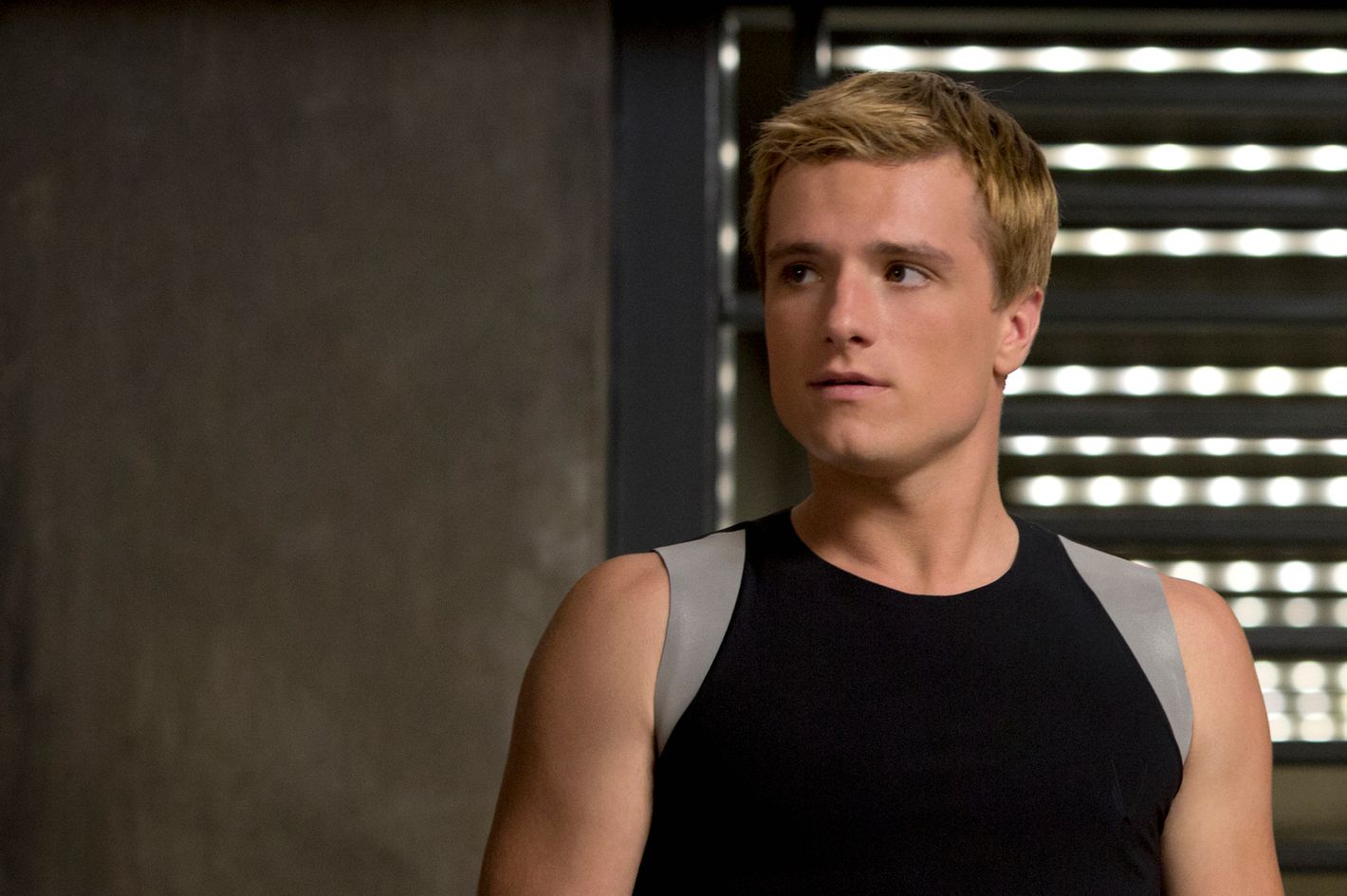
Peeta Mellark revolutionized the ‘soft boy’ archetype in young adult literature when the market was dominated by anything but. He showed audiences of both the novels and films that being kind wasn’t a sign of weakness but one of great strength. Edward Cullen, Jace Herondale, and other YA love interests should be embarrassed when their abhorrent behavior gets compared to Peeta’s immense respect for Katniss and her feelings. Peeta showed over and over again that he’s willing to risk his life if it means Katniss’s safety, that his strength came from his massive heart and brilliant mind, and that in a world so full of loss and despair, the bravest thing you can do is choose to be good and kind even when everything screams at you to be anything but.
If it’s been a few years since you’ve cracked the spines of your copy of The Hunger Games trilogy or since you’ve hit ‘play’ on any of the films, now may be a good time to revisit the world of Panem. While you’re there, keep a lookout for the boy with the bread. See how he grows and treats Katniss and others in the series. Above all, whether you’re Team Gale or Team Peeta, take a look at why Katniss ultimately ends up choosing her dandelion in the spring, and question why not enough YA protagonists do the same.
